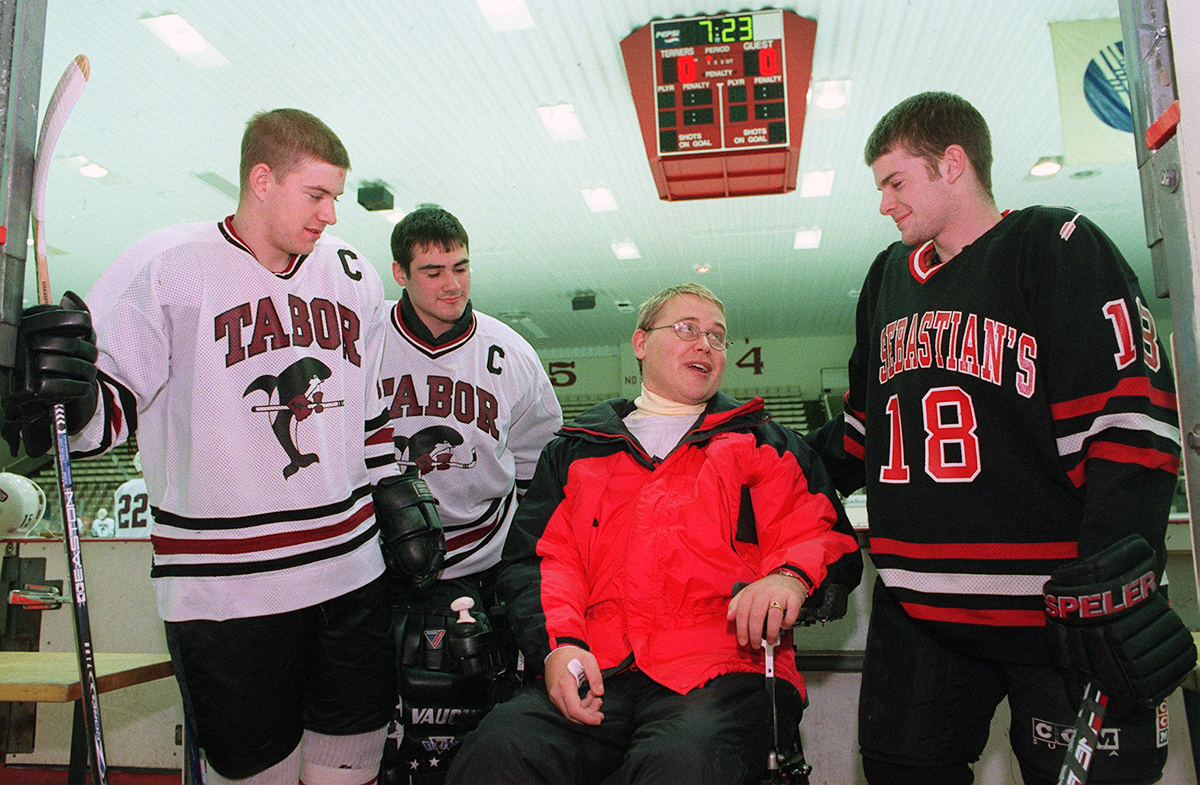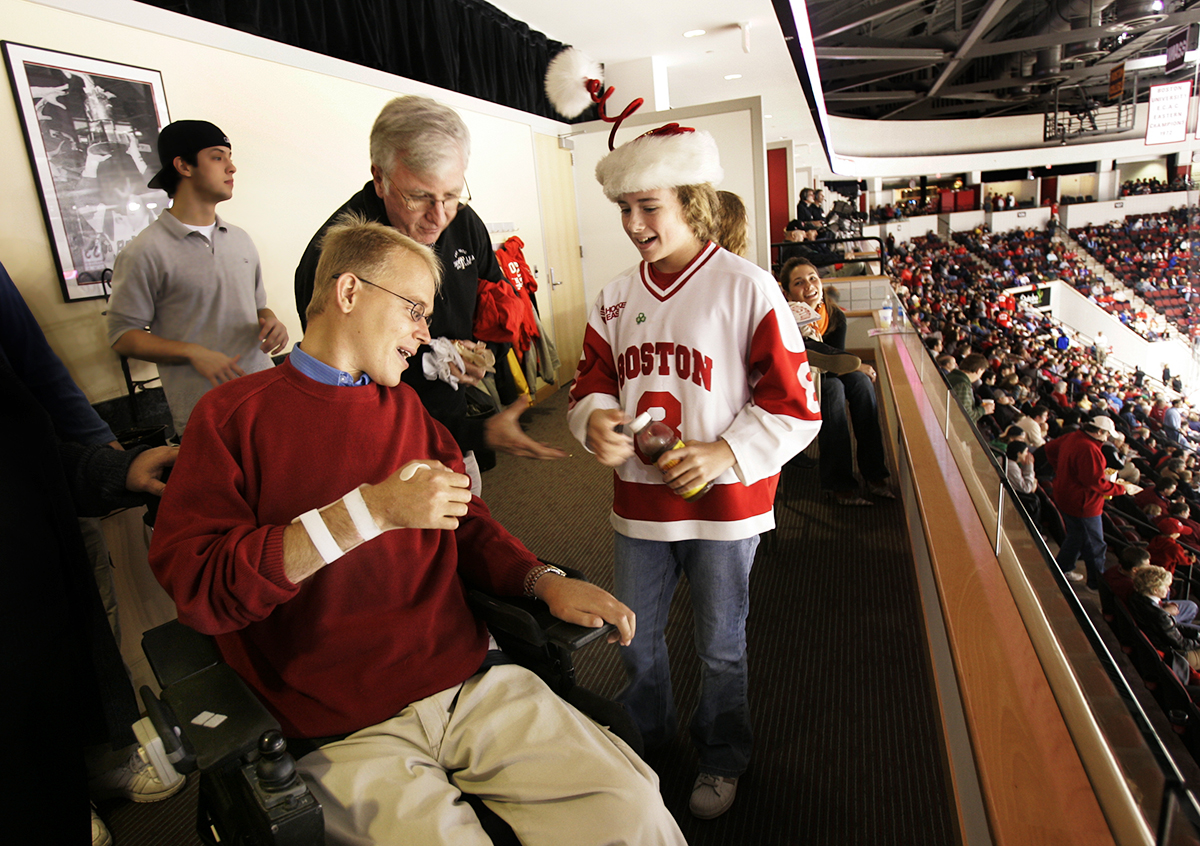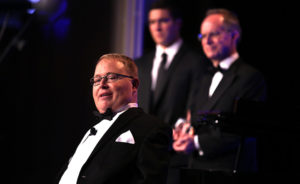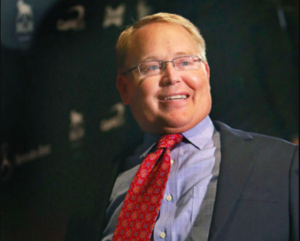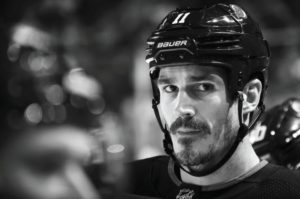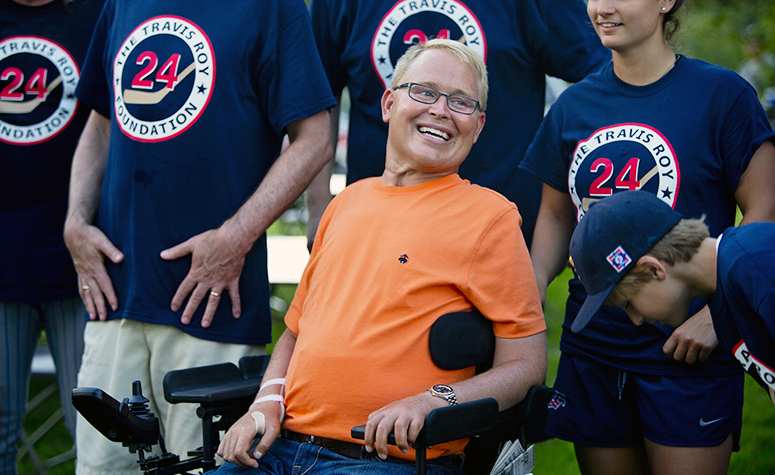
Travis Roy’s passing on Oct. 29, at the age of 45, hit me in a deep and profound way. I was, in a word, gutted. The predictable outpouring of support and accolades throughout the hockey world reinforced all that is good about our tight-kit hockey community, emphasizing that Roy was not only a great player, but also a better person.
In the 25 years since he broke his neck, crashing into the boards at Boston University’s Walter Brown Arena just 11 seconds into his first collegiate shift, Roy also became a reluctant role model, and a teacher. What did Roy, a gung-ho forward if there ever was one, teach me about the the particular nuances of hockey, the X’s and O’s, or my own specialty, goaltending? Nothing, to be honest, not if we’re talking strictly about the technical aspects of the game or the position. We never discussed the finer points of shooting, scoring or deciphering a goaltender’s weaknesses.
No, Travis Roy was much bigger than that. What Roy taught me — and confirmed repeatedly — had everything to do with how this ultimate team game can influence our lives, and how our approach to it can have an impact on our performance both on and off the ice. Those lessons apply to every player, including those who often think they’re set apart from the larger team — the goalies.
The first lesson was passion. Roy’s passion for hockey was boundless.
